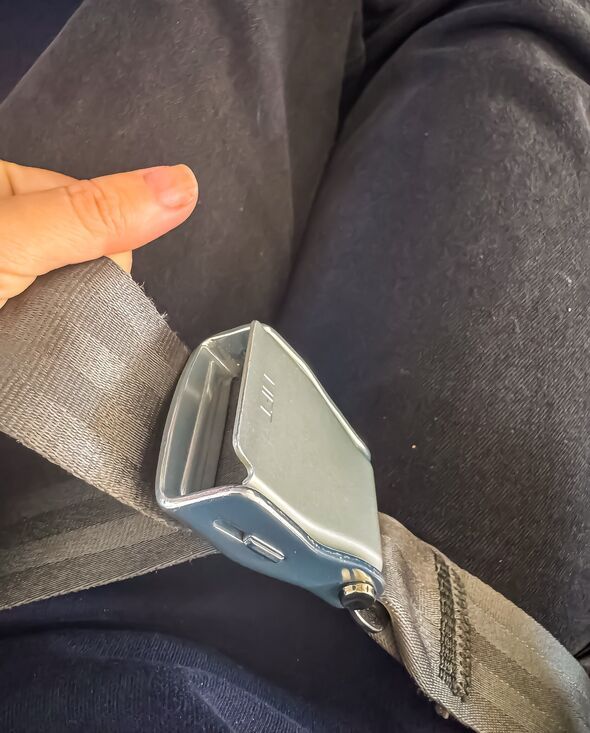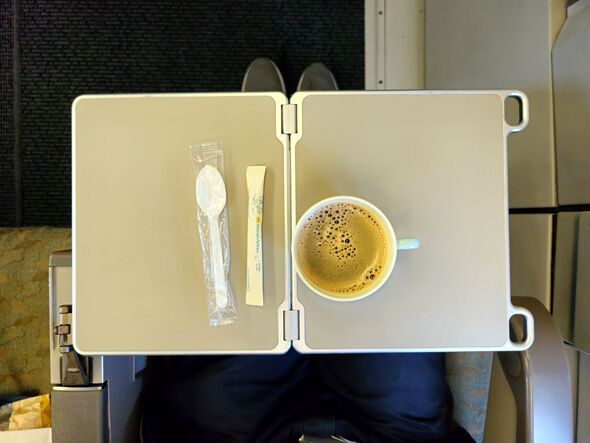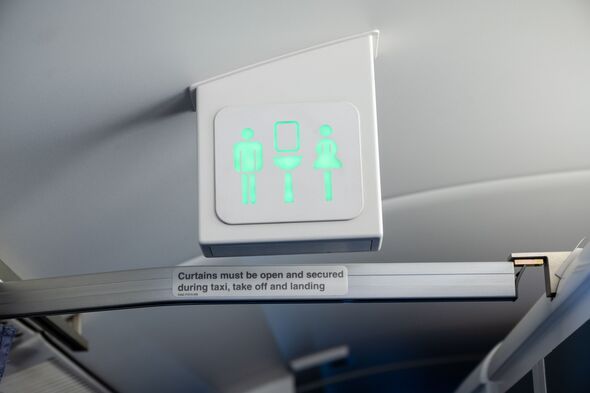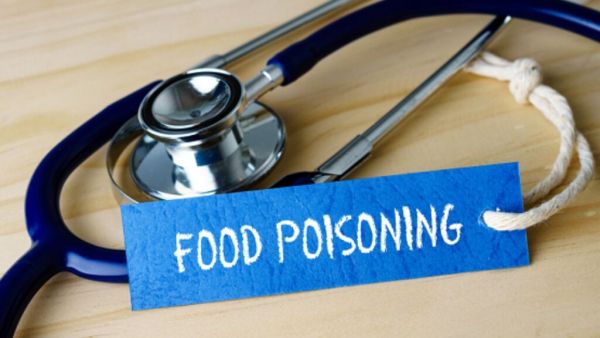
When boarding a plane, some may be worried about the airline's cleanliness, with many assuming the the dirtiest place on a plane is the toilet.
However, Lisa Grant, a senior flight attendant with over 12 years of experience working for major airlines, has shed new light on this, and the real culprits for most unhygienic surfaces are not what you think.
Some spots are left neglected during cleaning, and may hold much more bacteria than the plane's toilet seat.
Travel expert Ski Vertigo agrees, and offers travellers advice on avoiding catching a bug on the plane this summer, saying that: 'understanding where germs collect gives you a huge advantage in staying healthy while travelling'.

- Armrests - Used by nearly every passenger, armrests are at risk of carrying many germs, due to them being leaned on, coughed over or touched after handling food or rubbish."People expect their seat to be clean', Lisa explains. But armrests are rarely disinfected unless someone's made a mess. If you're worried about germs. Giving them a wipe is a quick fix'.
- Overhead air vents and reading lights - Due to their positioning and frequent adjustment, these buttons and nozzles above your head may carry much bacteria. 'It's not unusual for vents to go weeks without a wipe,' Lisa says.
- Seatbelt buckles - Touched by passengers frequently throughout a trip, seatbelt buckets are especially at risk due to the fact bacteria can remain on metal surfaces for hours Lisa says: 'It's one of the first things people touch after boarding, and many have just come from public transport or airport queues. It's easy for germs to transfer before you've even taken off'.

- Seat-back pockets - It is not uncommon for passengers to store items such as used tissues within these compartments, meaning that the spread of germs here is very risky. 'People treat them like bins,' Lisa shares. 'You never know what was in there before you'.
- Tray tables - Perhaps the part of a plane home to the most germs, studies have found they can contain more than 2,000 colony-forming units (CFU, the number of viable bacteria or fungal cells capable of multiplying), making them significantly dirtier than a toilet flush button. Lisa explains that during tight turnarounds, crew often do not have time to disinfect these surfaces.
While airline cleanliness standards are slowly improving, these vital areas still have the potential to be missed during cleaning, and so being prepared with hand sanitiser and wipes could protect you from germs.
Ski Vertigo adds: 'A little preparation goes a long way'.









